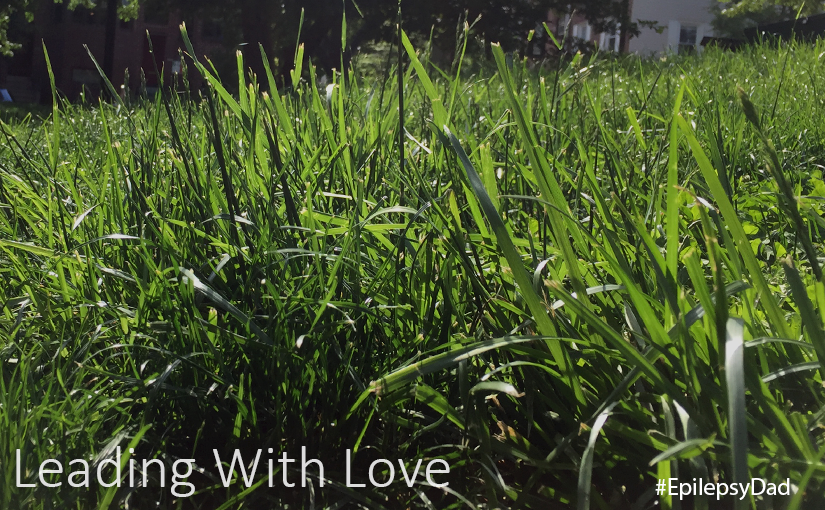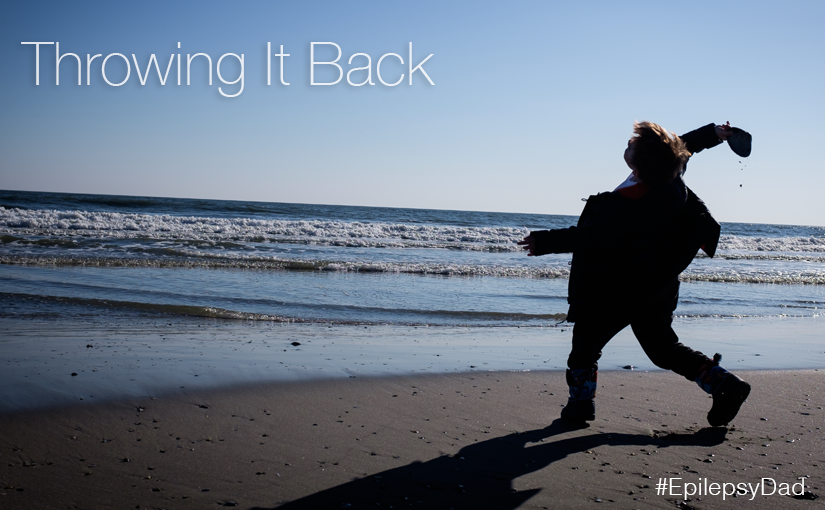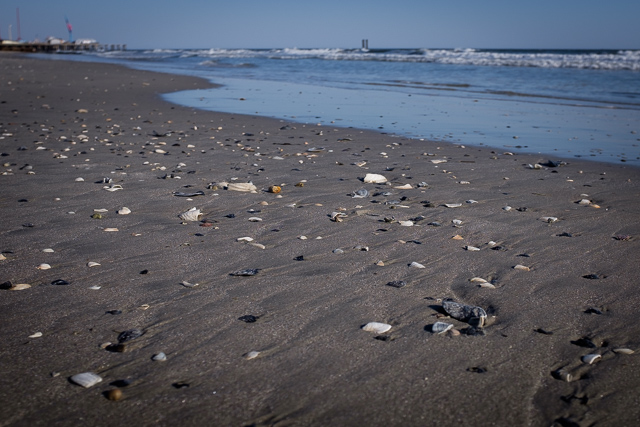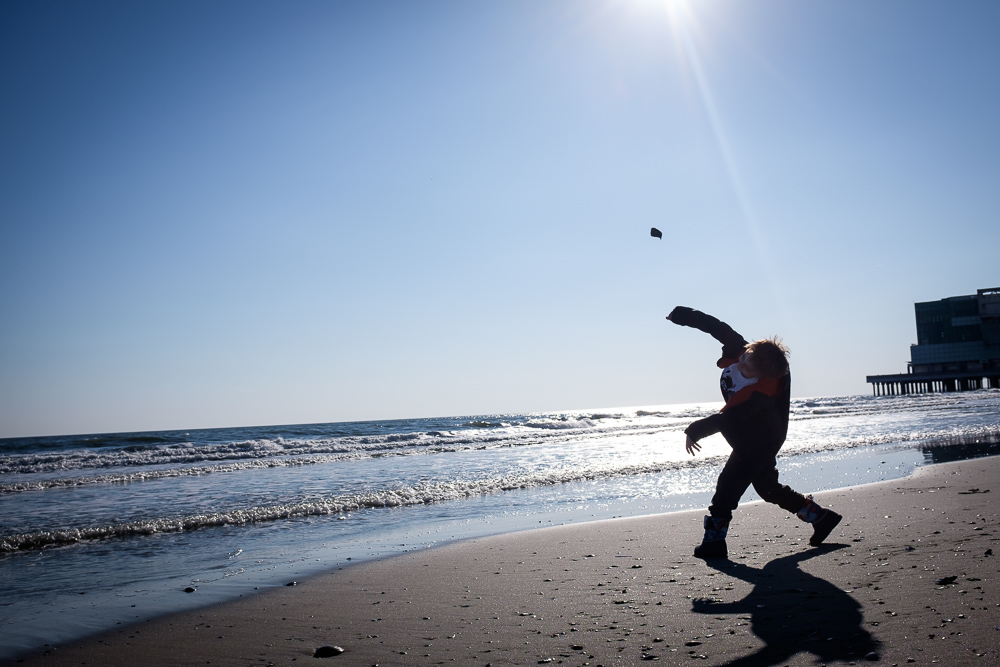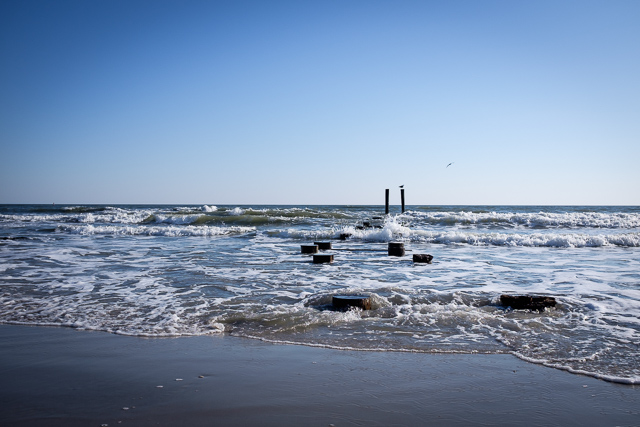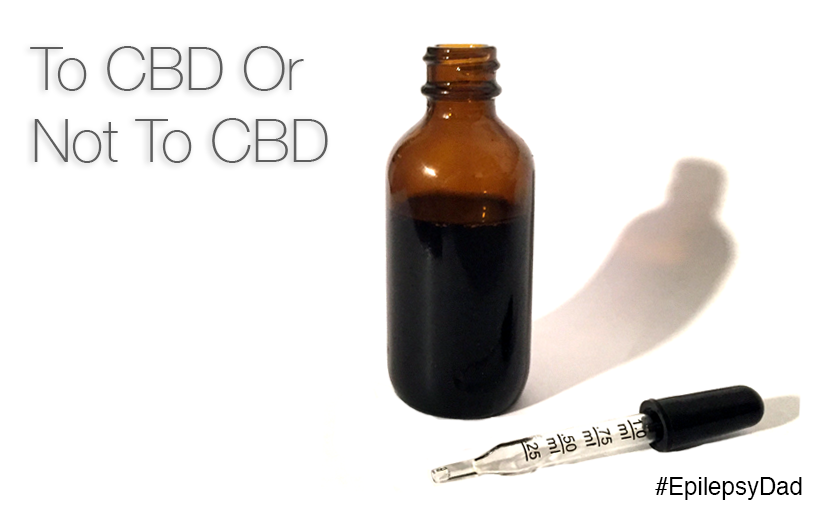Sometimes I look at my son and I see a tall blade of grass, swaying in the breeze. His legs appears rooted on the ground, but his body moves and bends as if it is being pushed by an invisible force. Or a corn stalk that is too thin to support the ear that is is carrying, bobbing in no particular direction but down. It seems an exhausting tasks to constantly keep from falling over.
When he moves, I see a puppet whose strings sometimes get twisted. The extension of his limbs or the gate of his stride are not quite right, and he sometimes tumbles to the ground. We do our best to pull him up and untangle his knotted strings, but each time he falls, my heart aches.
I wonder if, when he does fall, when he’s lying on the ground, if that’s when he feels the most stable. Like in my younger days after I had too much to drink. When I wanted to lay on the bed and prayed for the world to stop spinning around me. My prayers were rarely answered, but at least I felt like there was nowhere further to fall. I could close my eyes and feel the world spread out below me and holding me so that my body could release all its tension. Only, he shouldn’t be old enough to know what that feels like.
When he falls to the ground, I get angy and frustrated and sad. I look at him as that blade of grass, or stalk of corn, or sailor, or puppet. I can’t help myself but wonder if he wants to stay down for an extra second to let his body not worry about balance. But when I do, when he looks at me, I worry that he will see those expressions on my face directed at him. That he’ll think that I am angry and frustrated at him, or that he’ll see me sad and think that it is because of him. It’s a heavy burden to think that you are the cause of such powerful emotions in another person. Of course, he’s not. My anger, my frustration, and my sadness are not because of him, but because of what is happening to him. But what else could he think when I look at him the way I do? He shouldn’t be old enough to know what that feels like, either.
The cruelest thing that epilepsy continues to do is to try to make my son feel less than he is. Less than an amazing boy. Less than the best son. Less than a gift. Less than a miracle. It feels as if it is using me to do its dirty work, to project those feelings on my son through my worry and frustration. I catch myself doing it, but usually after the message has been delivered. It’s a terrible feeling to worry about what your child thinks you think when you look at him. Because regardless of what is visible on the surface, hidden underneath is always love.
I wish my instict was to lead with love. I want so much for that to be what he sees when I’m looking at him instead of the temporary emotions caused by a symptom of his condition. I don’t want him to have to remember that I also love him, I want that to be where he goes first. Because the pain and sadness at what his condition is doing to him is amplified by that love. Because loving him is where I am, first and always.
